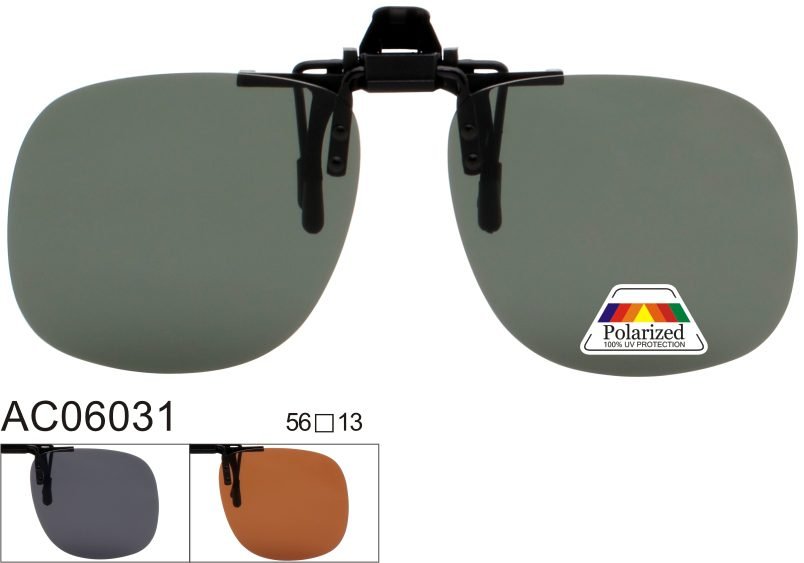
The anti-radiation function of sunglasses needs to be discussed on a case-to-case basis. Ordinary sunglasses mainly focus on UV protection, while specific anti-radiation sunglasses can reduce the impact of electromagnetic radiation through special design, but attention should be paid to their protection range and effect. The following is the specific analysis:
The core function of ordinary sunglasses is to block ultraviolet rays (UVA, UVB), which is achieved by adding metal oxides or coating technology. For instance, absorptive filters absorb 95% of UV radiation by adding iron oxide, while reflective filters reflect infrared rays by coating a metal film layer. This type of sunglasses has a remarkable protective effect against ultraviolet rays, but it cannot effectively block electromagnetic radiation.
Specific anti-radiation sunglasses counteract electromagnetic radiation through multi-layer coating technology. Special compounds are added to the lens materials to reduce the harm of radiation to the eyes by using the principle of electromagnetic wave interference. This type of product is mainly designed for electromagnetic radiation protection, but it should be noted that its protection range is usually limited to electromagnetic waves near the visible light band and is ineffective against high-energy radiation such as nuclear radiation.
Solar radiation is a type of non-ionizing radiation and has a relatively small direct impact on the eyes. However, prolonged exposure to strong sunlight may cause eye diseases such as cataracts and macular degeneration. Although ordinary sunglasses cannot completely block electromagnetic radiation, they can indirectly reduce the risk of eye diseases by reducing the damage caused by ultraviolet rays. For people who are in long-term contact with electronic devices, it is recommended to choose sunglasses with blue light protection functions instead of relying solely on radiation protection publicity.
